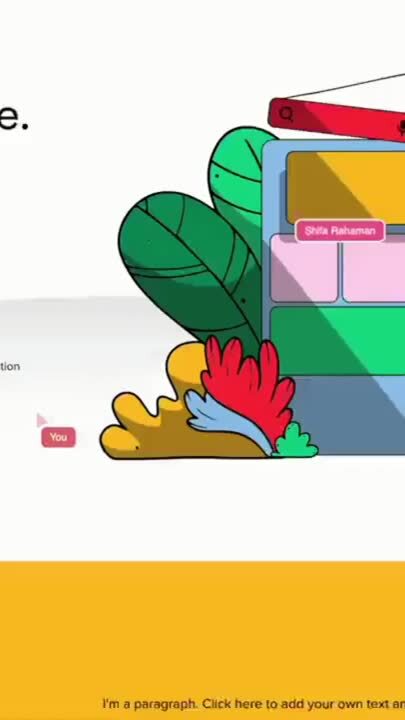As a support agent, there are tons of different situations you'll face when closing out a support ticket. Whether you're dealing with a customer complaint, sending an acknowledgment that a task has been completed, or even following up after an AI agent has provided visual guidance or completed actions on behalf of the customer, asking if a ticket can be closed because the customer hasn't responded in a while, or simply closing out the conversation once everything is resolved, it's important to craft the right closing support ticket email.
Contacting customer support may be the only time that a customer interacts with a brand, so it's vital to make a good impression and set the stage for further communication. In fact, for 86% of people, good customer support turns one-time clients into long-term brand champions.
To help you make the most of closing out a support ticket, here are some tips and closing support ticket email templates you can use.
Best practices for closing support ticket emails
Before we dive into the templates, here are some best practices for closing out a support ticket:
- Be clear and concise: When closing a support ticket, make sure that you're being direct and to the point. Your closing email should include a summary of what has been discussed in the conversation and any final information that needs to be communicated.
- Proofread before sending: It's also important to proofread your closing email for any typos or grammatical errors. You want to give the impression that you're both professional and attentive. Whether you're closing out the conversation or setting up a follow-up, make sure your closing email is perfect before sending it.
- Thank the customer: Always thank the customer for taking the time to contact you and being patient throughout the process. This small gesture will make them feel appreciated and can help strengthen your relationship with them.
- Personalize the message: Whenever possible, try to personalize closing emails with customer-specific information. For instance, include their name and any other pertinent information you collected in the course of your conversation.
- Provide an actionable closing statement: When closing out a support ticket, be sure to provide an actionable closing statement for the customer to follow up on if needed. This could be something like, "If you have any further questions, please don't hesitate to reach out."
- Include a closing salutation: When closing your email, make sure to include a closing salutation like "Thank you for choosing ABC Company" or "Have a great day!". This helps add an extra layer of politeness that can go a long way towards creating a good impression.
Pros of using email templates

Not sold on using closing support ticket email templates? Here are some of the advantages that may make you reconsider:
- Templates help keep your message consistent across your company: One of the main advantages of closing support ticket email templates is that it keeps the message consistent across your customer support team. This helps ensure that customers are receiving the right messaging, regardless of who they're talking to. When your company's brand is the same across the board, customers will feel more secure and have a better overall impression of your company.
- Templates can help you increase your CSAT scores: Using closing support ticket email templates can help improve your customer satisfaction (CSAT) score. By providing clear, concise closing emails that are personalized with the customer's information and an actionable closing statement, you're setting the stage for a positive closing experience that will leave customers feeling satisfied.
- Templates can speed up response times: Templates can speed up response times: When you have a library of closing emails to draw from, it's much easier for customer support teams to quickly compose closing messages. This is especially valuable when following up on cases where AI agents have already provided initial support or visual guidance, allowing human agents to focus on crafting the perfect closing message rather than starting from scratch. Since 90% of customers rate an "immediate" response as essential or very important when they have a customer support question, this can help significantly improve customer experience.
- Templates can reduce customer dissatisfaction: Lastly, closing support ticket email templates reduce the chances of customer dissatisfaction. When closing emails are clear, concise, and personalized, customers are more likely to feel satisfied with their overall experience, leading to fewer customer complaints and higher CSAT scores.
Cons of using email templates

As with any tool, closing support ticket email templates can have some downsides. Here are a few of the cons to consider:
- Can be impersonal: While closing support ticket email templates can help provide consistency, they can come off as impersonal - especially when customers have just received highly personalized, visual guidance from an AI agent. The key is ensuring your closing emails acknowledge the specific type of support provided, whether it was traditional troubleshooting, visual guidance, or direct action taken on the customer's behalf
- Can take longer to personalize: Find yourself taking longer and longer to craft closing emails? While closing support ticket email templates can help speed up the process, it can still take time to customize closing messages for each customer.
- May lead to copy-paste errors: Copy-paste errors can be one of the downsides of using closing support ticket email templates. If you're not careful, it's easy to end up sending out closing emails with the wrong customer information. Make sure to double-check closing emails before sending them out, so customers don't receive incorrect or outdated information.
Examples of closing support ticket email templates
We've put together a few closing support ticket email templates that you can use as a starting point for your closing emails. Feel free to make any changes to these templates to better fit your customer support team's needs.
We've covered:
- A general closing support ticket email
- A follow up template
- A template for when an issue has been successfully resolved
- A template for when an issue wasn't able to be resolved
- A template for when a ticket has been escalated and forwarded to another agent
- A template that includes a link to leave a review or answer a CSAT survey
- A template for when a ticket is closed due to inactivity
General closing support ticket email
Hi (customer name),
Thank you for reaching out to (company). We hope we were able to provide a satisfactory resolution to your issue.
If you have any further questions or concerns, please don't hesitate to reach out. We're always happy to help!
Thanks again for choosing (company) and have a great day!
Best wishes,
(agent name)
Follow up
Hello (customer name),
Our team is reaching out to follow up on your support ticket (no.) from (date). We hope the resolution we provided was satisfactory.
If you feel like the resolution should have been handled differently, or if you have any other questions, please don't hesitate to reach out.
Thanks again for choosing (company) and we look forward to hearing from you!
Best wishes,
(agent name)
Successfully resolved an issue
Greetings (customer name),
Thank you for reaching out to (company) about your issue. We're glad to hear that the resolution we provided was satisfactory!
If you have any further questions or concerns, please don't hesitate to reach out. We're always happy to help!
Kind regards,
(agent name)
Issue wasn't able to be resolved
Hi (customer name),
We apologize for any inconvenience. We understand the frustration that comes with having an issue unresolved, and we want to thank you for reaching out to us about it.
While we were not able to resolve this issue to your satisfaction, if we can help in any other way, please don't hesitate to contact us.
Thanks again for choosing (company) and we hope you'll continue to be a valued customer,
Kind regards,
(agent name)
Request has been escalated and forwarded to another agent
Hello (customer name),
Thank you for reaching out to (company). We understand that your request requires more specialized attention, so we have forwarded it to one of our agents who is better equipped to resolve your issue.
We apologize for any inconvenience and hope that the agent will be able to provide a satisfactory resolution ASAP. Please don't hesitate to reach out if you have any other questions.
Kind regards,
(agent name)
Includes a link to leave a review or answer a CSAT survey
Greetings (customer name)!
Thanks for reaching out to (company). We hope the resolution we provided was satisfactory.
If you have a few moments, please consider taking a brief customer satisfaction survey (link) so that we can continue to improve our services.
Your feedback is invaluable and greatly appreciated!
Best regards,
(agent name)
Asking to close a support ticket
Hi (customer name),
As I haven't heard from you in a while, I was wondering if it would be okay for me to go ahead and close ticket (number).
If you need further assistance, please don't hesitate to reach out!
If I don't hear back, I will close this ticket. If you would like for it to be reopened, all you have to do is reply to this message and I'll be right with you.
Thank you for choosing (company name) and we hope you won't hesitate to reach out if you need further assistance!
Best wishes,
(agent name)
Closing ticket due to no response/inactivity
Hi (customer name),
Thank you for reaching out to (company name). We understand that your issue (ticket number) may have been resolved in the meantime, so we are closing this ticket due to inactivity.
If you require any more assistance with this issue or have any other questions, please don't hesitate to reach out. We're happy to help!
Kind regards,
(agent name)
Following up after AI-guided support
Hi (customer name),
Thank you for reaching out to (company). I hope our AI agent was able to successfully guide you through [specific action] and that everything is working as expected.
If you need any additional assistance or have questions about the steps that were demonstrated, please don't hesitate to reach out.
Best regards, (agent name)
FAQs
How to write a closing spiel for email support?
To write an effective closing spiel for email support, thank the customer for their patience and understanding, reassure them of your continued support, and invite them to reach out with any further questions. End with a warm, professional sign-off that reflects your brand’s tone and commitment to customer satisfaction. For example, you could say: Thank you for reaching out with your concerns. If you have any more questions or need further assistance, please don't hesitate to reply to this email or call our support team. We're here to help!
How to ask to close a ticket?
To ask a customer to close a ticket, you might say something like:
Could you please confirm that your issue has been resolved so that we can close this support ticket? If you have any further questions, feel free to reach out anytime. Thank you for your cooperation!
When should you send a closing email for a support ticket?
Send a closing email immediately after confirming the issue is resolved and the customer is satisfied. For complex issues, wait 24-48 hours after providing the solution to ensure it's working properly. If an AI agent provided initial guidance, follow up within a few hours to confirm the steps were successful.
What's the difference between resolving and closing a ticket?
Resolving means providing a solution or answer to the customer's issue. Closing means ending the conversation and marking the ticket as complete. You can resolve an issue but keep the ticket open for follow-up questions. Only close when you're confident the customer is satisfied.
Can AI help write better closing emails?
Yes, AI can personalize templates based on ticket content, suggest appropriate tone based on customer sentiment, and ensure all key points are covered. AI agents that have provided visual guidance can automatically populate closing emails with specific actions completed, making follow-up more accurate and personalized.
How do you integrate closing emails with helpdesk software like Zendesk or Freshdesk?
Most helpdesk platforms offer built-in closing email templates and automation triggers. Set up workflows that automatically send closing emails when tickets are marked as "Solved" but allow agents to customize the message. Configure different templates for different issue types or customer segments.
How to end a customer support ticket?
To conclude a customer service email effectively, you could say something like:
Thank you for contacting us. If there are any more questions or if further assistance is needed, please do not hesitate to reach out. We're here to help! Wishing you a great day ahead!
How do you close tickets for angry or dissatisfied customers?
Never rush to close tickets for upset customers. Send a pre-closing email acknowledging their frustration and confirming next steps. Include escalation options and direct contact information. Wait for explicit confirmation before closing, and consider scheduling follow-up calls rather than just email closure.
Should VIP customers get different closing email templates?
Yes, VIP customers should receive more personalized, detailed closing emails. Include account manager contact information, express extra appreciation for their business, and offer proactive support options. Consider phone follow-ups instead of or in addition to email closures.
How do you close tickets when customers don't respond?
Send a "preparing to close" email after 3-5 days of silence. Include clear instructions for reopening if needed. In the final closing email, reiterate that they can reply to reopen the ticket. Use positive language like "We hope this means your issue was resolved successfully."
What if a customer disagrees with closing their ticket?
Reopen the ticket immediately and apologize for the premature closure. Investigate what wasn't addressed and provide additional support. Use this as a learning opportunity to improve your resolution confirmation process. Document why the closure was contested to prevent similar issues.
How do you measure the effectiveness of closing emails?
Track metrics like: reopened ticket rate (lower is better), CSAT scores on closed tickets, time between closing email and any follow-up questions, and customer responses to closing emails. Aim for less than 5% of tickets being reopened due to inadequate closure.
What closing email metrics should you track?
Monitor: open rates on closing emails, customer response rates, average time from resolution to closure, percentage of tickets closed on first attempt, and correlation between closing email quality and overall CSAT scores.
How do closing emails impact CSAT scores?
Good closing emails can boost CSAT by 10-15% because they're often the customer's final impression. Poor closing emails (generic, unclear, or premature) can significantly hurt satisfaction even if the actual resolution was good. The closing email is your last chance to reinforce a positive experience.
When should you A/B test closing email templates?
Test when you notice declining CSAT scores, when implementing new support processes, or quarterly as part of continuous improvement. Test different elements like subject lines, tone (formal vs casual), length, and call-to-action placement.
Conclusion
In conclusion, closing support ticket emails play a crucial role in leaving a positive impression on customers and fostering continued communication. By following best practices such as being clear, proofreading, expressing gratitude, personalizing the message, and providing actionable closing statements, support agents can ensure customer satisfaction.
Email templates for closing support tickets offer advantages such as maintaining consistency, improving CSAT scores, speeding up response times, and reducing customer dissatisfaction. However, it's important to balance personalization with efficiency and avoid copy-paste errors. The provided examples of closing support ticket email templates serve as helpful starting points that you can customize to suit your needs.


.webp)
.png)

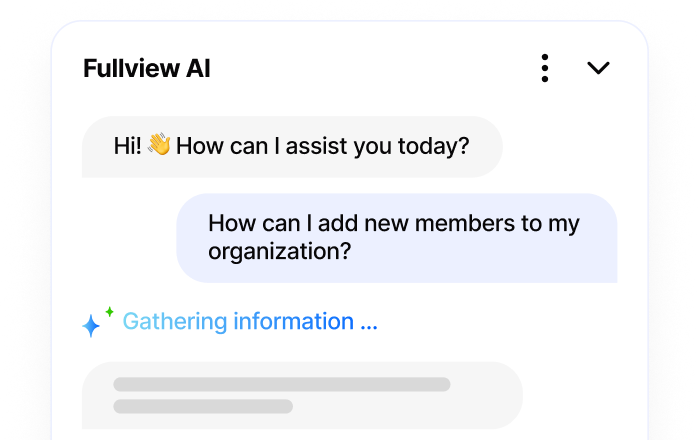
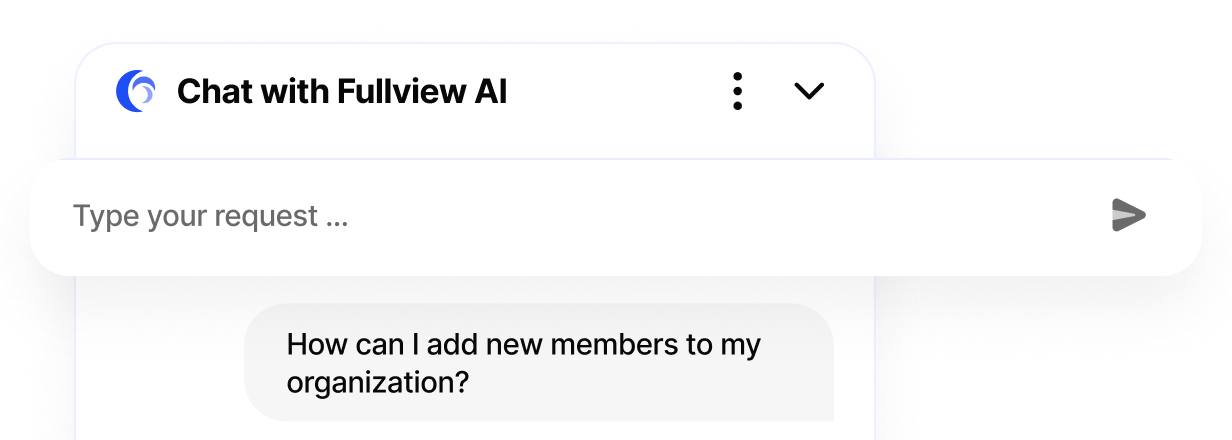
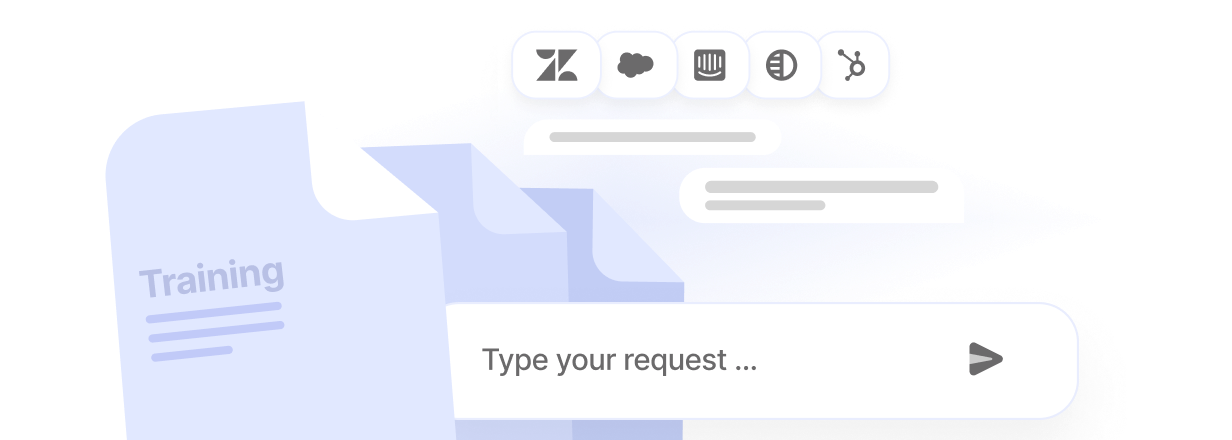
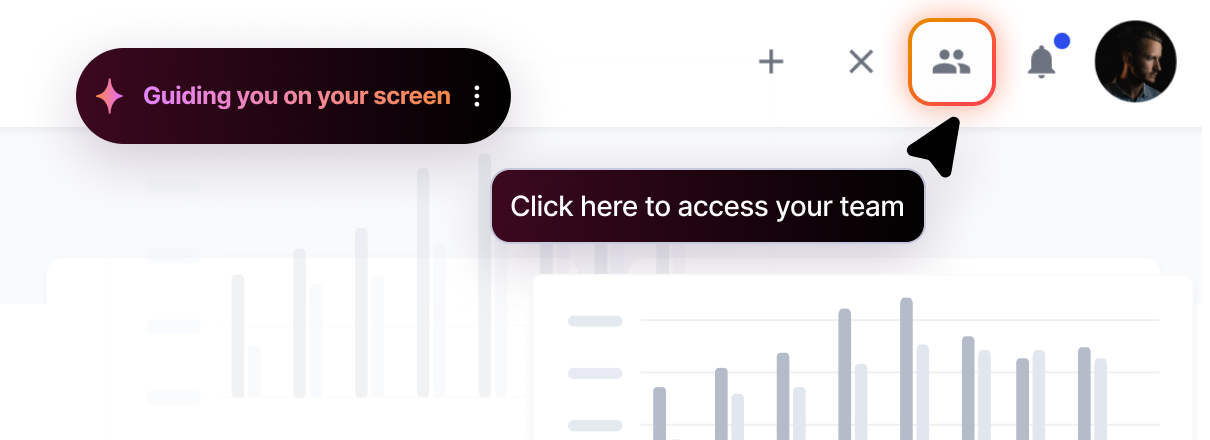
.webp)
